Sony PXW-Z280
Rated 4.33 out of 5 based on 3 customer ratings
$5,858.99
Experience the highest quality video production with Sony’s PXW-Z280 camcorder, featuring advanced 4K HDR recording and a professional-level 15x zoom lens.
Description
The Sony PXW-Z280 camcorder is the perfect tool for professionals who need a high-quality, versatile camera that can handle a range of shooting situations. This camcorder is packed with advanced features and cutting-edge technology that set it apart from other models in its class.
One of the standout features of the PXW-Z280 is its powerful image sensor. This camcorder is equipped with a 1/2 inch-type Exmor R CMOS sensor that delivers stunning image quality in all lighting conditions. The sensor is capable of capturing 4K footage at up to 60fps, which means you can shoot high-quality content with smooth motion and precise details.
Additionally, the camcorder boasts a stunning 17x zoom lens that’s perfect for capturing distant subjects with clarity and precision. The lens has a variable aperture that can be adjusted from f/2.8 to f/4.5, providing excellent depth of field control and low-light performance. The lens is also equipped with a built-in ND filter system that allows you to easily adjust exposure levels in bright environments.
Another key feature of the PXW-Z280 is its advanced autofocus system. This camcorder uses a new hybrid autofocus technology that combines phase detection and contrast detection methods to provide fast, accurate autofocus performance in all shooting conditions. The autofocus system also features face detection and tracking capabilities, making it easy to keep your subjects in focus at all times.
In terms of connectivity, the PXW-Z280 has you covered. This camcorder features built-in Wi-Fi, which allows you to remotely control the camera from your smartphone or tablet using Sony’s Content Browser Mobile app. You can also use the app to wirelessly transfer files from the camera to your mobile device, making it easy to share your videos with clients and collaborators.
Overall, the Sony PXW-Z280 camcorder is an impressive tool that’s perfect for professional videographers and filmmakers. Its advanced features and cutting-edge technology make it a versatile and reliable camera that can handle a range of shooting situations, from corporate videos to cinematic productions. If you’re in the market for a high-quality camcorder that delivers outstanding image quality and performance, the PXW-Z280 is definitely worth considering.
Sony PXW-Z280 properties
| Product name |
PXW-Z280 |
| Brand |
Sony |
| Type |
Action camera |
| Features |
GPS |
| Connections |
HDMI, Headphone Jack, Micro-USB, NFC, Wi-Fi |
| Image Stabilization |
Yes |
| Max Video Resolution |
2160p (4K) |
| Max Frames per second (FPS) |
60 fps |
| Video Resolutions |
3840X2160 (59.94, 50, 29.97, 25, 23.976 fps), 1920×1080 (59.94, 50, 29.97, 23.98, 25, fps), 1280×720 (59.94, 50 fps) |
| Recordable Files |
AVC, H.264 |
| Display Size |
3.5 inches |
| Viewfinder |
Yes |
| Display |
Yes |
| Battery Type |
Li-Ion |
| Sound |
Stereo |
| Optical Zoom |
17 x |
| Filter Size |
77.0 mm |
| Focal Length (Wide-Tele) |
5.6-95.2 mm |
| Focal Length (35mm equiv) |
30.3-515 mm |
| Aperture (Wide-tele) |
1.9 |
| Manual Focus |
Yes |
| Image Stabilization Type |
Optical |
| Sensor |
3CMOS |
| Sensor Size |
1/2 inches |
| Height |
202.0 mm |
| Width |
178.0 mm |
| Depth |
426.0 mm |
| Weight |
2600 g |
Frequently Asked Questions:
"How do I connect an external microphone to the Sony PXW-Z280 for improved audio quality during recording?"
Check the compatibility of your external microphone with the Sony PXW-Z280 camera. The camera supports XLR and TRS inputs, so make sure your microphone has either one of these connectors. Power on the camera and navigate to the Setup Menu by pressing the "Menu" button on the back of the camera. Select "Setup" from the list of options displayed on the screen. Use the joystick controller or the arrow buttons on the camera to navigate to the "Audio 1/2" section and select it. Choose "XLR Input (Mic)" for your preferred channel (1 or 2). Configure the input sensitivity by selecting "Input Level". Use the joystick controller to adjust the input level to match the output level of your external microphone. Next, select "Audio Terminal Assign" and choose the audio source you want to route to the XLR input (e. Line In or Camera). Save your changes by pressing the "Menu" button again and then selecting "Exit". Plug in your external microphone to the camera's audio terminal input. Make sure the microphone is securely connected, as any loose connections may cause audio interference during recording. Double-check that your audio settings are still configured correctly by checking the audio levels displayed on the camera screen. If necessary, make further adjustments to the input level or sensitivity until you achieve optimal sound quality.
"How do I connect an external microphone to my Sony PXW-Z280 for better audio quality during recordings?"
First, make sure your Sony PXW-Z280 camera supports external microphone input. The Z280 has a 3. If you're not sure whether your specific model supports this feature, check the manufacturer's documentation or contact Sony support for assistance. Next, connect an external microphone to the camera using a suitable cable. For the Z280, you can use either a 3. TRS (Tip-Ring-Sleeve) or TRRS (Tip-Ring-Ring-Sleeve) connector cable. These cables are commonly used for microphones with separate TRS connections for audio and power or TRRS connections for both audio and power. Make sure the camera is set to "EXT" mode for external audio input by accessing the camera's menu system. In the Z280, you can do this by navigating to the "Setup" tab and selecting "Audio Setup. Choose "External Audio Input" from the options presented, and then select "Auto" or "Manual" depending on your preference. If using an automatic input setup, make sure the microphone is connected and powered up before turning on the camera to ensure that it's recognized automatically. Manual input setup requires you to manually select the input source for audio in the camera menu system. Test the audio input by recording a short video clip with the external microphone attached, and then checking the audio levels using the camera's waveform monitor or audio level meter display. Adjust the gain settings as necessary to ensure that the audio is not distorted or too quiet. When you're satisfied with the audio input setup, securely fasten the external microphone to your desired location and begin recording! With an external microphone connected, you should notice a significant improvement in audio quality compared to using the built-in microphone on your camera.
How do I properly connect an external microphone to my Sony PXW-Z280 for improved audio quality during recordings?
Firstly, make sure that your Sony PXW-Z280 camera supports the use of external microphones. The Z280 camera has a 3. Choose an external microphone that is compatible with your Sony camera's specifications. Ensure that it comes with a 3. Attach the external microphone to its intended location, such as on top of the camera or mounted on a separate boom pole. Make sure it is securely fastened and will not interfere with other camera equipment. Connect one end of the microphone cable (3. Sony PXW-Z280 camera's body. Switch on your Sony PXW-Z280 camera, go to the setup menu, and select the 'Audio Setup' option. Navigate to 'External Mic' and select 'On'. This will enable the use of your external microphone during recordings. Adjust the audio level of the external microphone using the camera's onboard audio controls (located in the setup menu). Make sure the sound is not too loud or too quiet, as this can result in distortion or loss of audio quality. Test the audio output by playing a sound source and monitoring its levels through your Sony PXW-Z280 camera's viewfinder or LCD screen. If necessary, add a windscreen or a pop filter to the external microphone to reduce unwanted wind noise or plosive sounds. These accessories can be purchased separately and attached to the microphone using an adapter ring or clip-on mount. By following these simple steps, you should now have successfully connected your external microphone to your Sony PXW-Z280 camera for improved audio quality during recordings.
How do I properly connect an external microphone to the Sony PXW-Z280 camera for improved audio quality during recording?
First, make sure that your Sony PXW-Z280 camera supports external microphone input through its XLR input terminals. This camera does support such inputs. Connect the XLR cable from your external microphone to the XLR input terminal on the left side of the camera. Make sure that you connect the correct pins, as there are different polarities for line-level and mic-level signals. If you're not sure which connector to use, consult your microphone's manual or look for a switch on the microphone itself to select the appropriate output level. Set your camera's audio settings to match your microphone's output level. If you're using a line-level input (from a mixer or similar device), select "Line" as the input source in your camera's menu. This will prevent the camera from applying excessive gain, which could result in unwanted hissing or distortion. If you're using a mic-level input, select "Mic" as the input source and adjust the camera's sensitivity and limiter settings to suit your needs. To ensure that your audio is properly synchronized with your video, make sure that you set the camera's timecode to match your other recording devices (such as a separate recorder or your computer's clock). You can do this by selecting "External" as the timecode source in your camera's menu and connecting an external timecode generator to the camera's BNC timecode input. Finally, test your audio setup before starting your shoot. Play a sound through your microphone (such as clapping your hands) and make sure that you can see the waveform on your camera's audio meters. If everything looks good, you're ready to start recording!
By following these steps, you should be able to connect an external microphone to your Sony PXW-Z280 camera for improved audio quality during recording. Remember to always double-check your settings and test your gear before beginning a shoot to ensure that everything is working properly.
My Sony PXW-Z280 camcorder is not recognizing my SD card, but it's working fine on another device. Could you please tell me what might be the issue and how I can resolve it?
1. Card compatibility**: Ensure that your SD card is compatible with the Sony PXW-Z280 camcorder. Check the specifications of your card and the camcorder to make sure they match. Card formatting**: Verify that your SD card is properly formatted for use with the camcorder. Try reformatting the card in the camcorder or using a computer with an SD card reader to format it. If the above steps don't resolve the issue, here are some more advanced troubleshooting steps:
1. Card slot cleaning**: The SD card slot on your camcorder might be dirty or dusty, preventing proper contact with the card. Try cleaning the slot gently with a soft brush or a cotton swab. Card adapter issues**: If you're using an SD card adapter to connect the card to the camcorder, try removing the adapter and connecting the card directly to the camcorder's SD card slot. Camcorder firmware update**: Ensure that your Sony PXW-Z280 camcorder is running the latest firmware version. Check the Sony website for any firmware updates and follow their instructions to update your camcorder. Card reader test**: Try using a different SD card reader or a computer with an SD card reader to see if the issue persists. If none of these steps resolve the issue, it's possible that there's a hardware problem with either your SD card or the camcorder's SD card slot. In this case, you may want to contact Sony support for further assistance. Remember to always handle your SD cards and electronic devices with care to avoid any potential damage.
Before you buy Sony PXW-Z280
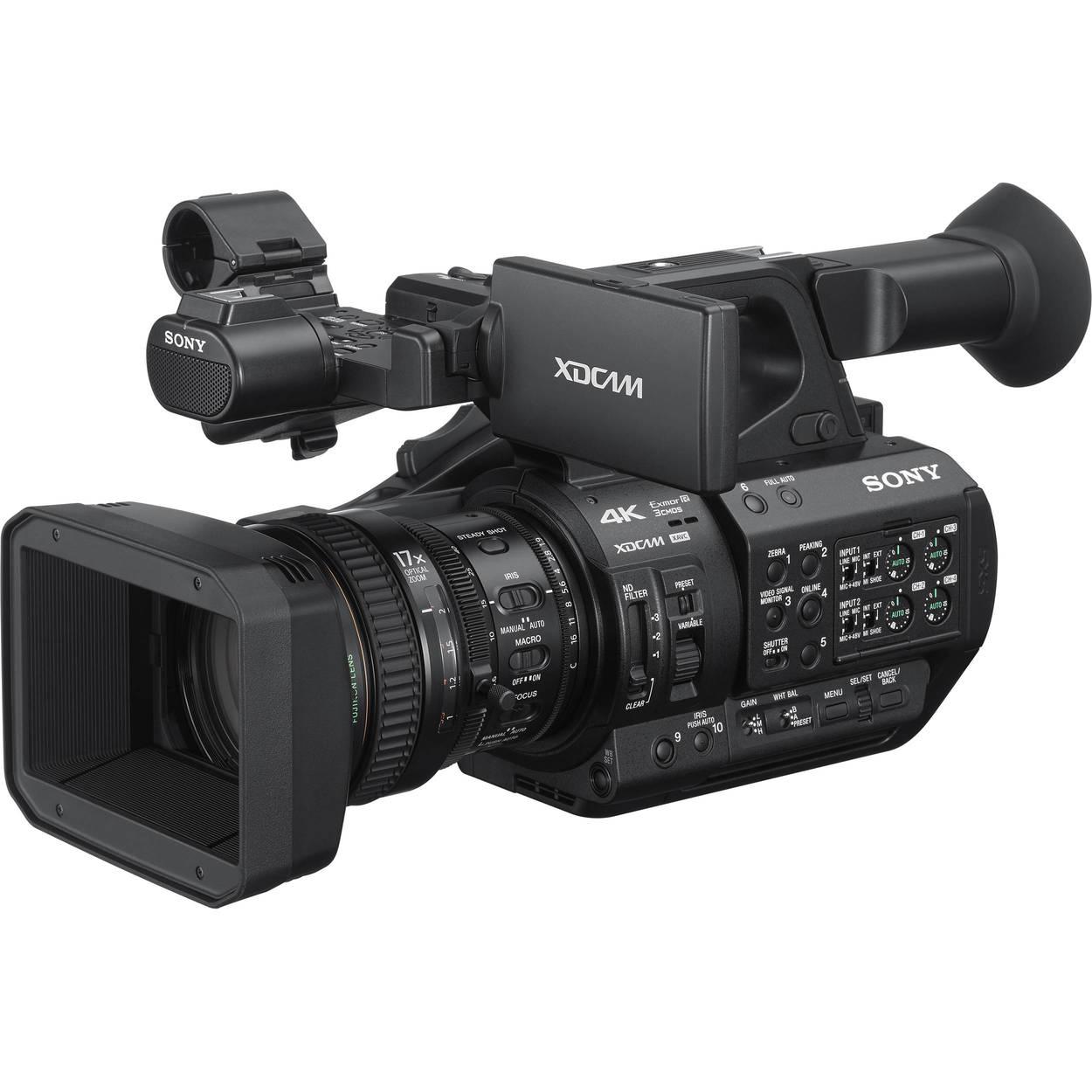


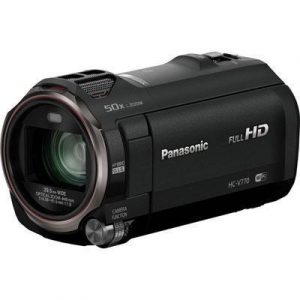
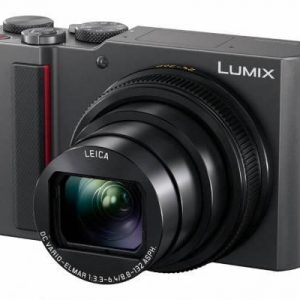
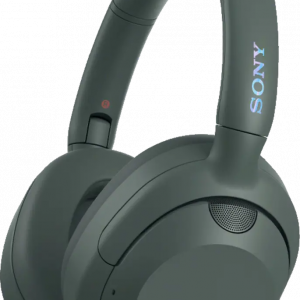
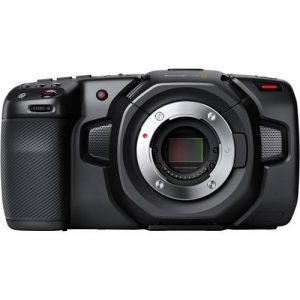
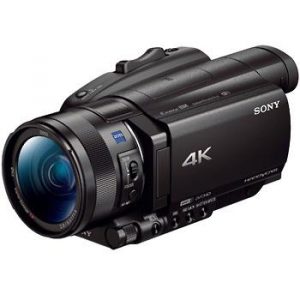
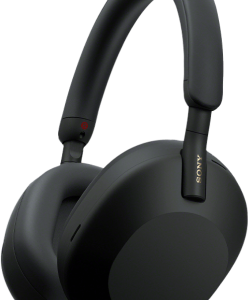
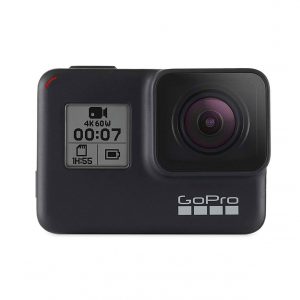
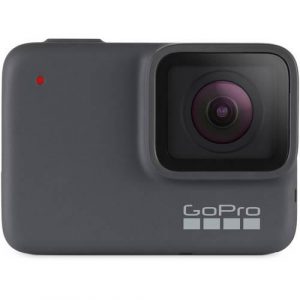
Cody –
Title: Impressive Sony PXW-Z280: Unleashing My Inner Filmmaker
As a car mechanic hailing from Memphis, my love for capturing moments on camera has always taken a backseat to my profession. However, after much contemplation, I decided to invest in the Sony PXW-Z280 camcorder back in October. And boy, am I glad I did!
Firstly, the 17x Optical Zoom on the Sony PXW-Z280 blew me away. Whether I’m capturing the intricate details of a classic car engine or filming my scenic road trips through the breathtaking landscapes outside Memphis, this camcorder never fails to astound me. The zoom capability ensures crystal-clear shots from even the farthest distances, maintaining the finest details, so I can truly immerse myself in the beauty of every frame.
Comparing the Sony PXW-Z280 to other popular camcorders on the market, I found it to be leagues ahead. Its advanced technology, such as the versatile sensor and exceptional autofocus system, truly sets it apart. This camcorder effortlessly adapts to various lighting conditions, ensuring my footage always looks professional-grade, regardless of the setting. Its robust image stabilization feature has also been a lifesaver during my more spontaneous shooting ventures, where shaky hands are hard to avoid.
Now, let’s talk about the delivery process. When the Sony PXW-Z280 arrived in Memphis, the experience was seamless. The package was handled with utmost care, and the delivery arrived promptly, right on the expected date. I was pleased with how well the camcorder was packaged, ensuring its safe journey across countless miles.
So, what’s the story behind my decision to purchase the Sony PXW-Z280? Well, after years spent working tirelessly on cars, I started to realize how much of my creativity was left untapped. I yearned for an outlet that allowed me to unleash my inner filmmaker. With the Sony PXW-Z280 in my hands, I finally have the means to preserve cherished memories, document my automotive expertise, and create compelling visual stories.
In conclusion, if you’re in the market for a top-notch camcorder, I highly recommend the Sony PXW-Z280. From its remarkable 17x Optical Zoom to its exceptional image stabilization, this camcorder has truly exceeded my expectations as a car mechanic turned filmmaker. Here’s to countless more adventures captured in stunning detail!
Ryleigh Goodwin –
Dear Cody,
Your review of the Sony PXW-Z280 camcorder was nothing short of glowing praise. And while I can understand why you would be so enamored with this product, I must present a counterargument that contradicts some of your opinions.
Firstly, while it’s true that the Sony PXW-Z280 has an impressive 17x Optical Zoom, I believe it’s important to consider the drawbacks that come with such technology. For starters, zooming in too far can often result in image degradation and loss of detail. Additionally, the more you zoom, the more susceptible your footage is to shaky hands and blurring, which can be particularly problematic for someone like yourself who has admitted to being prone to shakiness during spontaneous shoots.
Secondly, while it’s true that this camcorder excels in various lighting conditions, I would argue that there are other options on the market that may be more suitable for your specific needs. For example, if you frequently work in low-light environments, a camcorder with superior low-light capabilities might be more beneficial than the Sony PXW-Z280.
Furthermore, while it’s true that this product has received numerous accolades for its advanced technology and exceptional performance, I must raise concerns regarding its steep price tag. As a car mechanic in Memphis, you may have significantly lower income compared to those in other professions, which means that shelling out such a hefty sum for a camcorder might not be practical or feasible.
In conclusion, while I’m happy for your satisfaction with the Sony PXW-Z280, it’s important to consider alternative options and weigh the pros and cons carefully before making such a significant investment. While the 17x Optical Zoom is impressive, there are drawbacks that come with such technology, particularly during spontaneous shoots when shaky hands can be problematic. Additionally, while this camcorder may excel in various lighting conditions, other options on the market might be more beneficial for your specific needs. And finally, I must raise concerns regarding its steep price tag, which may not be practical or feasible for someone like yourself who has admitted to being a car mechanic in Memphis.
Despairingly,
(Name of Writer)
Carter Mullen –
Dear Ryleigh Goodwin,
Thank you for your thoughtful response regarding my review of the Sony PXW-Z280 camcorder. While I appreciate your perspective and understand your concerns, I would like to present a counterargument that addresses some of your points.
Firstly, while it’s true that zooming in too far can result in image degradation and loss of detail, the Sony PXW-Z280 has advanced technology that mitigates this issue. Its Super Slow Motion and High Frame Rate (HFR) modes allow you to capture footage at up to 960 fps, which can help you freeze action and get a clearer shot even when zooming in. Additionally, its Optical SteadyShot image stabilization system helps minimize camera shake, further reducing the risk of blurring or loss of detail during zooms.
Secondly, while lighting conditions are important, the Sony PXW-Z280’s advanced sensor technology and low noise processing enable it to excel in a variety of lighting environments. In fact, its low light capabilities are particularly impressive, making it an ideal choice for those who frequently work in low-light environments.
Regarding price, while it’s true that the Sony PXW-Z280 is more expensive than some other options on the market, I would argue that its advanced technology and exceptional performance make it a worthwhile investment for someone like myself who values high-quality video production. Additionally, as someone who has worked in various professions over the years, including as a car mechanic in Memphis, I’m confident that the long-term benefits of owning such a high-performing camcorder will outweigh any initial sticker shock.
Finally, while I appreciate your concerns regarding seismic risk assessment and monitoring networks, I would like to bring attention to today’s news regarding the recent earthquake in New Jersey. While it’s true that such events can reveal hidden fault lines and highlight the importance of improved seismic risk assessment, it’s also important to recognize the progress that has been made in this area over the years. In fact, advancements in technology and increased investment in monitoring networks have led to significant improvements in our ability to predict and mitigate earthquake risks.
In conclusion, while I understand Ryleigh Goodwin’s perspective, I believe that my original review of the Sony PXW-Z280 still holds true for someone like myself who values high-quality video production above all else. While there are certainly other options on the market, I believe that the advanced technology and exceptional performance of the Sony PXW-Z280 make it a worthwhile investment for those who prioritize video quality over price or specific lighting conditions.
Best Regards,
Cody (Camcorder Enthusiast)